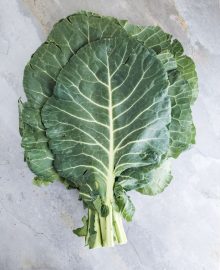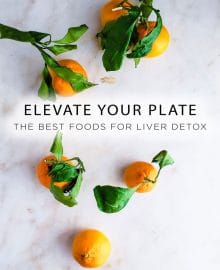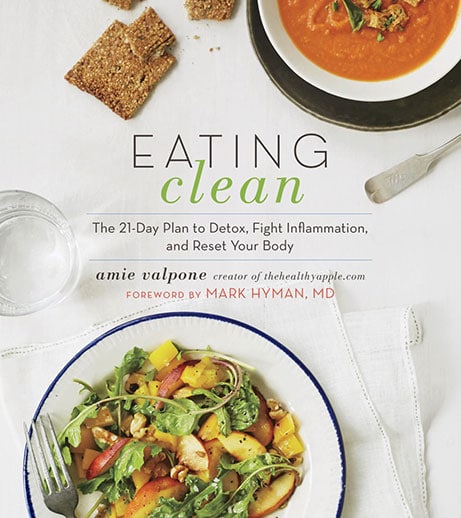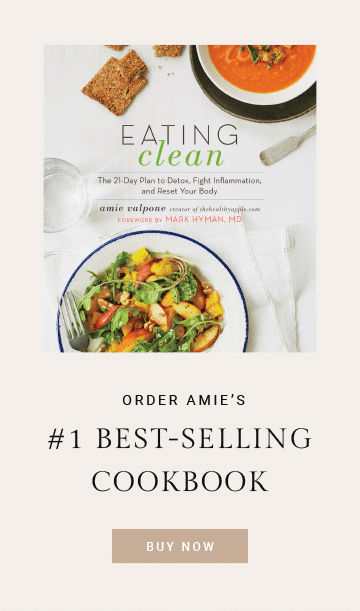
Why are some people so scared of “Whole Grains” and “Carbs”? The question baffles me because whole grains DO NOT make you gain weight—instead white foods make you gain weight. Our processed, sugar laden foods that we find in the supermarket claim to contain “whole grains” and “nutrients” , especially in cereals such as Cheerios, Lucky Charms, and Coco Puffs. These are nothing but empty calories with absolutely no nutritional benefits; they simply are a marketing and advertising gimmick…processed products such as these are stripped of their “whole grains” and consist of sugar and very little fiber. Remember, the more white the food, the more anemic the food.
For instance, white rice is processed (started as brown rice then went through a removal process where it was stripped of all nutrients and fiber) and makes us hungry 15 minutes after eating because it has a high Glycemic Index, which means it turns quickly to sugar in our body so we fill an instant surge of energy and a “high”, however we suddenly crash moments later. Refined grains such as white rice lead us to eat more- we need more of these refined grains to feel full, therefore we keep eating the processed food. After 5 bowls of white rice, we are finally full, however this has NO nutritional value and leads to the theory that the more we eat, the more weight we gain and the more nutrient deficient we become as well.
On the other hand, whole grains consist of Bran and Fiber, which help relieve constipation and allow movement in the stool. For instance, when we eat brown rice, our body is more satisfied because we are giving it more nutrients. Whole grains are an excellent source of nutrition as they contain iron, dietary fiber, vitamin B complex , vitamin E, and essential enzymes. Our bodies absorb these “Great Grains” slowly therefore providing us with high quality and sustained energy.
It is important to note that whole grains need to be properly prepared. They should be soaked overnight and covered to help soften the grain as well as to aid in digestion. Moreover, by boiling the water before adding the grains, the texture can be changed; this will prevent a mushy consistency and will keep the grains separated. When cooking larger grains such as brown rice, berries and barly- I suggest a pressure cooker to speed up cooking time and create softer grains. Remember, these cooked grains keep very well and can be reheated within minutes with a little oil or water later in the week (see below for 2nd time around “rice” recipe ideas). However if you prefer to roast your grains, this will make them more alkaline.
Why not treat yourself to the vast array of whole grain products that are available in your food stores. Here are a few to try and experiment with:
- Brown Rice
- Oats (whole oats)
- Oatmeal (rolled oats)
- Barley
- Bulgar (cracked wheat)
- Cornmeal (aka polenta)
- Kamut
- Rye Berries
- Wheat Berries
- Wild Rice
- Kasha (Toasted Buckwheat)
- Millet
- Spelt
- Farrow
- Quinoa
- Rice
- Buckwheat
- Amaranth
These all include fiber and give us energy. Moreover, this leads into my discussion on my philosophy, “Cook once, eat twice.” For instance, make a large batch of brown rice (cook once), then use throughout your week with the following dishes:
- Morning porridge
- Whole wheat wrap for lunch
- Fried rice with vegetables for dinner
- Rice Pudding for dessert
- Mix into a salad for lunch
- Add to stir fry for dinner
A great way to add pizazz to each of the different meals is to use condiments. As I have noted in previous posts, condiments are the spice of life and make each meal taste incredibly different. By simply adding cinnamon, seeds, nuts, and honey to the brown rice in your morning porridge you have a delicious, sweet, and filling breakfast. Adding garlic and onions to your stir-fry gives your dinner a pungent taste. Moreover, adding miso to the rice in a soup or in a stuffed cabbage hits the spot for your salty craving or try adding crushed red pepper to give your dish a spicy twist.
So, what are you waiting for? Get into your kitchen and cook yourself some grains! Choose grains that intrigue you and experiment–be sure to take notice how you feel afterwards. And remember, what works for others, may not work for you. Don’t forget to Cook often…and Cook like your life depends on it…because it Does!
Here is a great website for Rising Awareness of the Benefits of Whole Grains


















One comment
Share your thoughts